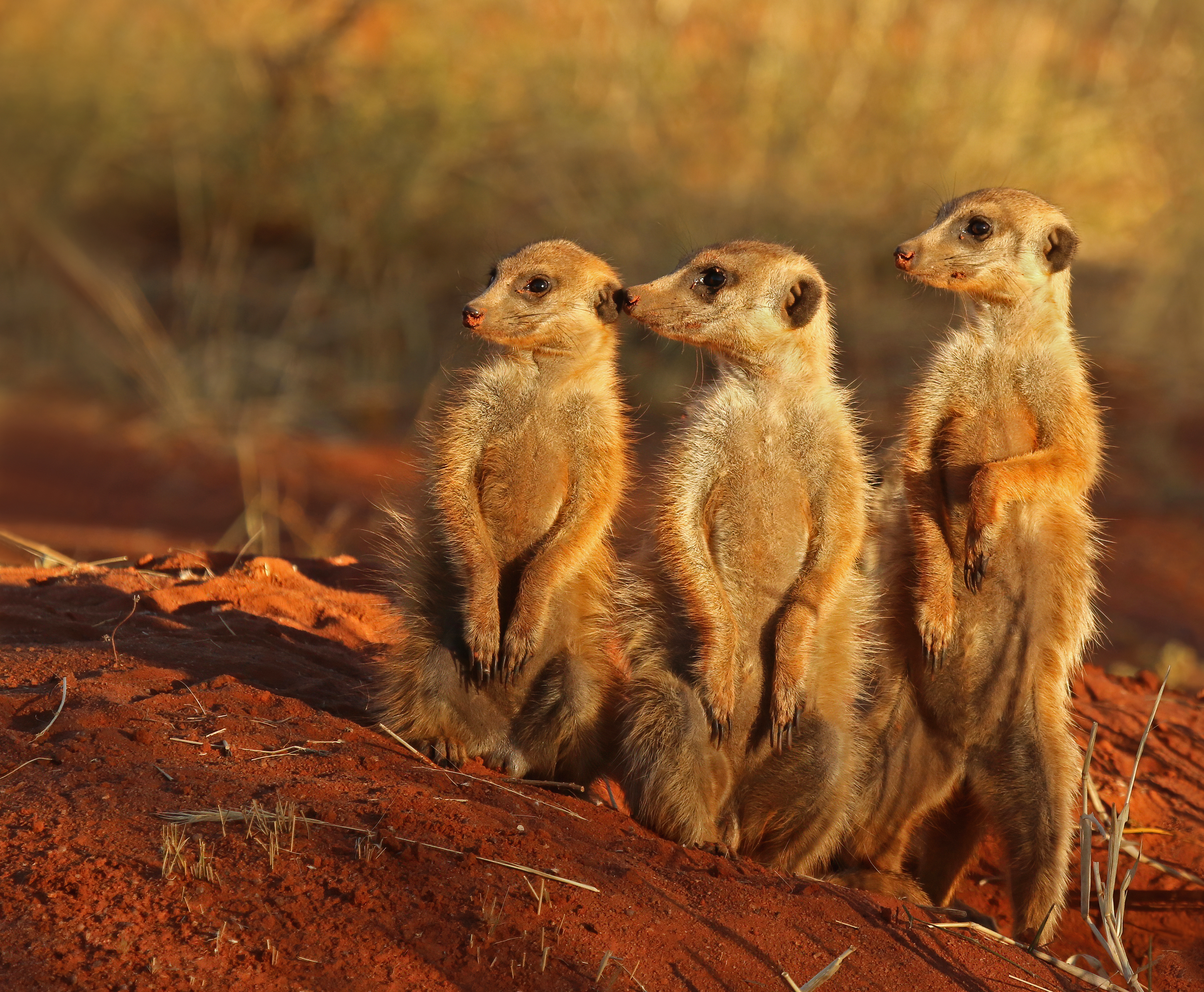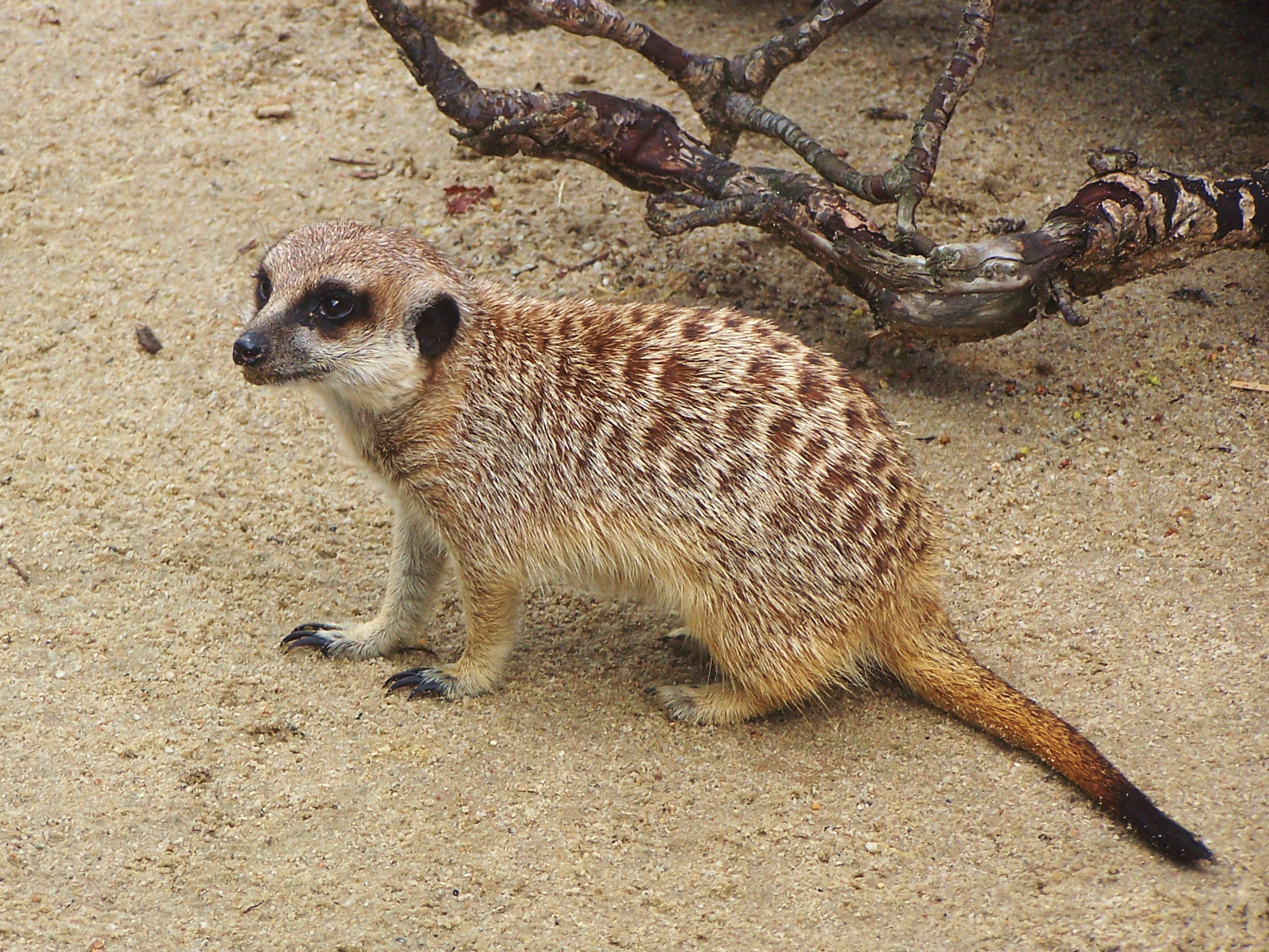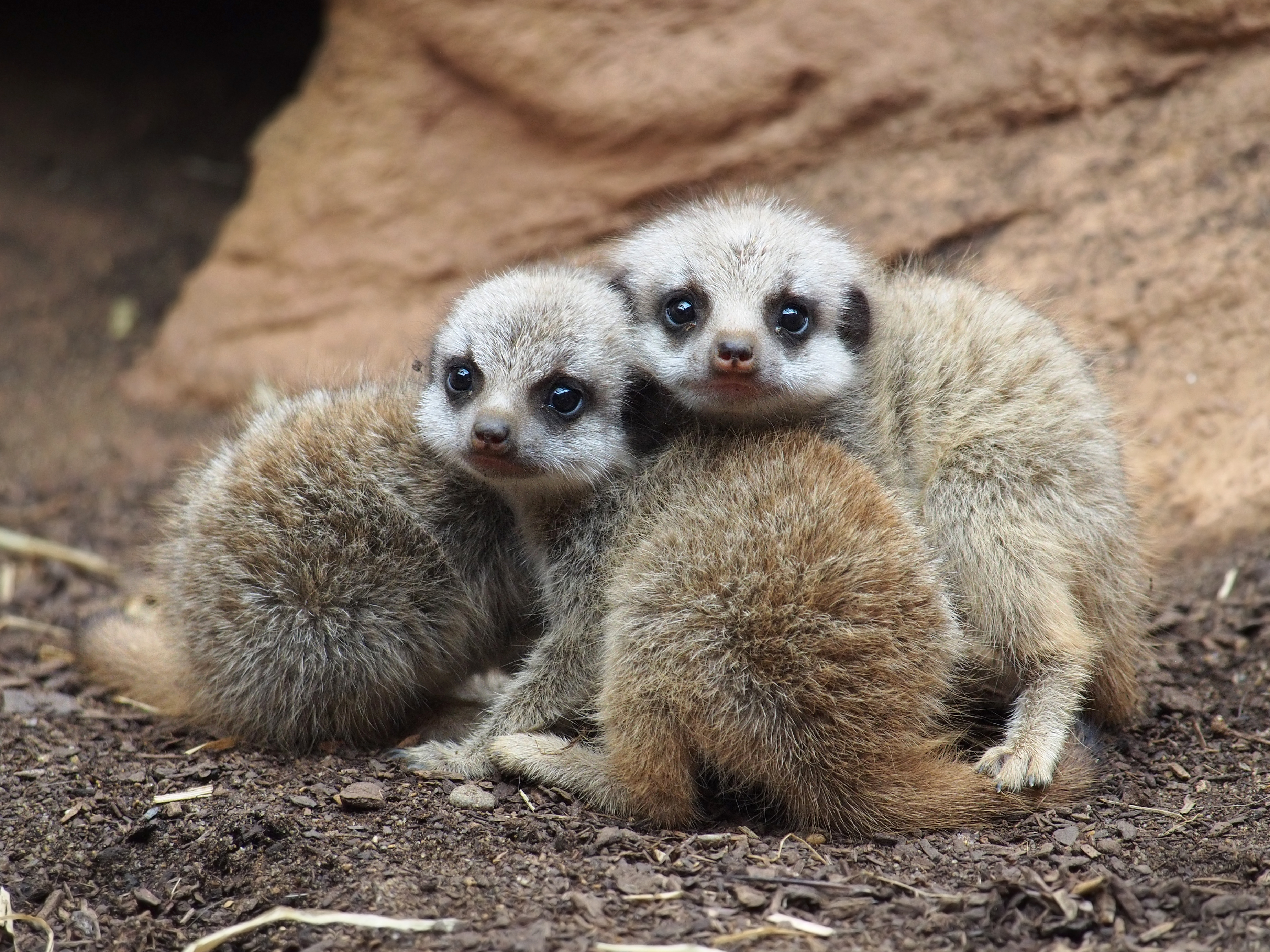Difference between revisions of "Template:Did you know nominations/Meerkat"
Jump to navigation
Jump to search
imported>Sainsf (suggest a pic) |
imported>Cwmhiraeth (To Prep 3) |
||
| Line 1: | Line 1: | ||
| − | {{ | + | <includeonly>{{#ifeq:{{NAMESPACE}}|Talk|</includeonly>[[Category:Passed DYK nominations from May 2020]]<div style="background-color: #F3F9FF; margin: 2em 0 0 0; padding: 0 10px 0 10px; border: 1px solid #AAAAAA;"> |
| − | | | + | :''The following is an archived discussion of the DYK nomination of the article below. <span style="color:red">'''Please do not modify this page.'''</span> Subsequent comments should be made on the appropriate discussion page (such as [[{{TALKPAGENAME}}|this nomination's talk page]], [[Talk:{{SUBPAGENAME}}|the article's talk page]] or [[Wikipedia talk:Did you know]]), unless there is consensus to re-open the discussion at this page. '''No further edits should be made to this page'''.'' |
| − | + | ||
| − | | | + | The result was: '''promoted''' by [[User:Cwmhiraeth|Cwmhiraeth]] ([[User talk:Cwmhiraeth|talk]]) 06:01, 21 May 2020 (UTC)<br /> |
{{DYK conditions}} | {{DYK conditions}} | ||
{{DYK header|Meerkat}} | {{DYK header|Meerkat}} | ||
{{DYK nompage links|nompage=Meerkat|Meerkat}} | {{DYK nompage links|nompage=Meerkat|Meerkat}} | ||
<div style="float:right; margin-left:0.5em;" id="mp-dyk-img"> | <div style="float:right; margin-left:0.5em;" id="mp-dyk-img"> | ||
| − | {{main page image|image=Meerkat (Suricata suricatta) Tswalu.jpg|caption=Meerkats|width=120 | + | {{main page image|image=Meerkat (Suricata suricatta) Tswalu.jpg|caption=Meerkats|width=120 }} |
| − | </div | + | </div> |
| − | |||
| − | |||
| − | |||
| − | |||
* ... that '''[[meerkat]]s''' ''(pictured)'' use [[alarm signal|alarm call]]s that can identify the type of [[predation|predator]] posing the risk, the level of danger and the caller itself? <small>{{cite journal |last1=Manser |first1=M. B. |last2=Bell |first2=M. B. |last3=Fletcher |first3=L. B. |title=The information that receivers extract from alarm calls in suricates |journal=Proceedings of the Royal Society of London. Series B: Biological Sciences |date=2001 |volume=268 |issue=1484 |pages=2485–2491 |doi=10.1098/rspb.2001.1772 |pmid=11747568 |pmc=1088904}} '''·''' {{cite journal |last1=Schibler |first1=F. |last2=Manser |first2=M. B. |title=The irrelevance of individual discrimination in meerkat alarm calls |journal=Animal Behaviour |date=2007 |volume=74 |issue=5 |pages=1259–1268 |doi=10.1016/j.anbehav.2007.02.026}}</small> | * ... that '''[[meerkat]]s''' ''(pictured)'' use [[alarm signal|alarm call]]s that can identify the type of [[predation|predator]] posing the risk, the level of danger and the caller itself? <small>{{cite journal |last1=Manser |first1=M. B. |last2=Bell |first2=M. B. |last3=Fletcher |first3=L. B. |title=The information that receivers extract from alarm calls in suricates |journal=Proceedings of the Royal Society of London. Series B: Biological Sciences |date=2001 |volume=268 |issue=1484 |pages=2485–2491 |doi=10.1098/rspb.2001.1772 |pmid=11747568 |pmc=1088904}} '''·''' {{cite journal |last1=Schibler |first1=F. |last2=Manser |first2=M. B. |title=The irrelevance of individual discrimination in meerkat alarm calls |journal=Animal Behaviour |date=2007 |volume=74 |issue=5 |pages=1259–1268 |doi=10.1016/j.anbehav.2007.02.026}}</small> | ||
** '''ALT1''':... that the burrows of '''[[meerkat]]s''' ''(pictured)'' have a [[temperature gradient]] that helps them survive in harsh weather and extreme temperatures? <small>{{cite journal |title=''Suricata suricatta'' |journal=Mammalian Species |issue=483 |pages=1–8 |date=1994 |last=Van Staaden |first=M. J. |jstor=3504085 |doi=10.2307/3504085 |url=http://www.science.smith.edu/msi/pdf/i0076-3519-483-01-0001.pdf |url-status=dead |archivedate=15 March 2016 |df=dmy-all |archiveurl=https://web.archive.org/web/20160315210848/http://www.science.smith.edu/msi/pdf/i0076-3519-483-01-0001.pdf}} '''·''' {{cite book |last1=Macdonald |first1=D. W. |editor1-last=Kingdon |editor1-first=J. |editor2-last=Happold |editor2-first=D. |editor3-last=Hoffmann |editor3-first=M. |editor4-last=Butynski |editor4-first=T. |editor5-last=Happold |editor5-first=M. |editor6-last=Kalina |editor6-first=J. |title=Mammals of Africa |volume=V{{snds}}Carnivores, Pangolins, Equids and Rhinoceroses |publisher=Bloomsbury |isbn=978-1-4081-8994-8 |pages=347-352 |chapter=''Suricata suricatta'' Meerkat (Suricate) |chapterurl={{Google Books|id=B_07noCPc4kC|page=347|plainurl=yes}} }}</small> | ** '''ALT1''':... that the burrows of '''[[meerkat]]s''' ''(pictured)'' have a [[temperature gradient]] that helps them survive in harsh weather and extreme temperatures? <small>{{cite journal |title=''Suricata suricatta'' |journal=Mammalian Species |issue=483 |pages=1–8 |date=1994 |last=Van Staaden |first=M. J. |jstor=3504085 |doi=10.2307/3504085 |url=http://www.science.smith.edu/msi/pdf/i0076-3519-483-01-0001.pdf |url-status=dead |archivedate=15 March 2016 |df=dmy-all |archiveurl=https://web.archive.org/web/20160315210848/http://www.science.smith.edu/msi/pdf/i0076-3519-483-01-0001.pdf}} '''·''' {{cite book |last1=Macdonald |first1=D. W. |editor1-last=Kingdon |editor1-first=J. |editor2-last=Happold |editor2-first=D. |editor3-last=Hoffmann |editor3-first=M. |editor4-last=Butynski |editor4-first=T. |editor5-last=Happold |editor5-first=M. |editor6-last=Kalina |editor6-first=J. |title=Mammals of Africa |volume=V{{snds}}Carnivores, Pangolins, Equids and Rhinoceroses |publisher=Bloomsbury |isbn=978-1-4081-8994-8 |pages=347-352 |chapter=''Suricata suricatta'' Meerkat (Suricate) |chapterurl={{Google Books|id=B_07noCPc4kC|page=347|plainurl=yes}} }}</small> | ||
| Line 18: | Line 14: | ||
:* ''Reviewed'': [[Template:Did you know nominations/Tanitoluwa Adewumi]] | :* ''Reviewed'': [[Template:Did you know nominations/Tanitoluwa Adewumi]] | ||
<small>Improved to Good Article status by [[User:Sainsf|Sainsf]] ([[User talk:Sainsf|talk]]). Self-nominated at 08:02, 2 May 2020 (UTC).</small> | <small>Improved to Good Article status by [[User:Sainsf|Sainsf]] ([[User talk:Sainsf|talk]]). Self-nominated at 08:02, 2 May 2020 (UTC).</small> | ||
| − | |||
| − | |||
| − | |||
:* Starting review [[User:Valereee|—valereee]] ([[User talk:Valereee|talk]]) 20:37, 2 May 2020 (UTC) | :* Starting review [[User:Valereee|—valereee]] ([[User talk:Valereee|talk]]) 20:37, 2 May 2020 (UTC) | ||
| Line 26: | Line 19: | ||
{{DYK checklist | {{DYK checklist | ||
<!--Usage instructions: If the article/nomination is compliant with the relevant guideline, put "y"; if not, state what the problem is ---> | <!--Usage instructions: If the article/nomination is compliant with the relevant guideline, put "y"; if not, state what the problem is ---> | ||
| − | |newness = y | + | |newness = y |
| − | |length = y | + | |length = y |
| − | |eligibilityother = | + | |eligibilityother = |
| − | |sourced = y | + | |sourced = y |
| − | |neutral = y | + | |neutral = y |
| − | |plagiarismfree = y | + | |plagiarismfree = y |
| − | |policyother = | + | |policyother = |
| − | |hookcited = y | + | |hookcited = y |
| − | |hookinterest = y | + | |hookinterest = y |
| − | |hookother = | + | |hookother = |
| − | |picfree = y | + | |picfree = y |
| − | |picused = y | + | |picused = y |
| − | |picclear = y | + | |picclear = y |
| − | |qpq = y | + | |qpq = y |
| − | |status = y | + | |status = y |
| − | |comments = | + | |comments = |
| − | |sign = [[User:Valereee|—valereee]] ([[User talk:Valereee|talk]]) 20:37, 2 May 2020 (UTC) | + | |sign = [[User:Valereee|—valereee]] ([[User talk:Valereee|talk]]) 20:37, 2 May 2020 (UTC) |
}} | }} | ||
| Line 76: | Line 69: | ||
:::::Pups might not be good for representation of the species. I think this pic of a standing meerkat (an FP) looks excellent even at 100px, and it can replace the pic under Physical characteristics in the article. Though that would not allow the readers to see the banded pattern if it has to stay in the article forever. Can we change it back to the original pic in the article once the DYK is done? <span style="text-shadow:#7CB9E8 0px 0px 9px;font-family:Calibri;font-size:12pt">[[User:Sainsf|<span style="color:#2a52be">Sainsf</span>]] '''·''' [[User talk:Sainsf|<span style="color:#7851a9; font-size:9pt">(How ya doin'?)</span>]]</span> 03:41, 12 May 2020 (UTC) [[File:Standing meerkat looking behind.jpg|right|100px]] | :::::Pups might not be good for representation of the species. I think this pic of a standing meerkat (an FP) looks excellent even at 100px, and it can replace the pic under Physical characteristics in the article. Though that would not allow the readers to see the banded pattern if it has to stay in the article forever. Can we change it back to the original pic in the article once the DYK is done? <span style="text-shadow:#7CB9E8 0px 0px 9px;font-family:Calibri;font-size:12pt">[[User:Sainsf|<span style="color:#2a52be">Sainsf</span>]] '''·''' [[User talk:Sainsf|<span style="color:#7851a9; font-size:9pt">(How ya doin'?)</span>]]</span> 03:41, 12 May 2020 (UTC) [[File:Standing meerkat looking behind.jpg|right|100px]] | ||
| − | {{-}}}}<!--Please do not write below this line or remove this line. Place comments above this line.--> | + | {{-}}</div><includeonly>|}}</includeonly><!--Please do not write below this line or remove this line. Place comments above this line.--> |
Revision as of 06:01, 21 May 2020
- The following is an archived discussion of the DYK nomination of the article below. Please do not modify this page. Subsequent comments should be made on the appropriate discussion page (such as this nomination's talk page, the article's talk page or Wikipedia talk:Did you know), unless there is consensus to re-open the discussion at this page. No further edits should be made to this page.
The result was: promoted by Cwmhiraeth (talk) 06:01, 21 May 2020 (UTC)
| DYK toolbox |
|---|
Meerkat
- ... that meerkats (pictured) use alarm calls that can identify the type of predator posing the risk, the level of danger and the caller itself? Manser, M. B.; Bell, M. B.; Fletcher, L. B. (2001). "The information that receivers extract from alarm calls in suricates". Proceedings of the Royal Society of London. Series B: Biological Sciences. 268 (1484): 2485–2491. doi:10.1098/rspb.2001.1772. PMC 1088904. PMID 11747568. · Schibler, F.; Manser, M. B. (2007). "The irrelevance of individual discrimination in meerkat alarm calls". Animal Behaviour. 74 (5): 1259–1268. doi:10.1016/j.anbehav.2007.02.026.
- ALT1:... that the burrows of meerkats (pictured) have a temperature gradient that helps them survive in harsh weather and extreme temperatures? Van Staaden, M. J. (1994). "Suricata suricatta" (PDF). Mammalian Species (483): 1–8. doi:10.2307/3504085. JSTOR 3504085. Archived from the original (PDF) on 15 March 2016. · Macdonald, D. W. "Suricata suricatta Meerkat (Suricate)". In Kingdon, J.; Happold, D.; Hoffmann, M.; Butynski, T.; Happold, M.; Kalina, J. (eds.). Mammals of Africa. VTemplate:SndsCarnivores, Pangolins, Equids and Rhinoceroses. Bloomsbury. pp. 347–352. ISBN 978-1-4081-8994-8.
- ALT2:... that the body temperature of meerkats (pictured) follows a diurnal rhythm? Müller, E. F. & Lojewski, U. (1986). "Thermoregulation in the meerkat (Suricata suricatta Schreber, 1776)". Comparative Biochemistry and Physiology Part A: Physiology. 83 (2): 217–224. doi:10.1016/0300-9629(86)90564-5.
Improved to Good Article status by Sainsf (talk). Self-nominated at 08:02, 2 May 2020 (UTC).
Lua error: expandTemplate: template "y" does not exist.
- Template:U, I'm wondering if we might do a closer crop on that image? DYK images are so small, at this size the photo looks almost like a painting. —valereee (talk) 20:53, 2 May 2020 (UTC)
- Thanks for the review. Sure, we can crop it, or maybe use this clearer pic [1] also there in the article? Sainsf · (How ya doin'?) 20:58, 2 May 2020 (UTC)
- That's a good one, too, though we might actually want to crop it a bit also. Hard to tell until we actually see it at that size. I do love the first image, though, the colors are striking. And of course the composition is good, which we'd lose a bit of with a crop. Hm. —valereee (talk) 21:08, 2 May 2020 (UTC)
- Yeah I have the same concern about cropping the first pic. How does the second pic look at 100px? Sainsf · (How ya doin'?) 21:21, 2 May 2020 (UTC)
- I much prefer ALT0; for me it's by far the most interesting. I'm trying to check all parts. I see that 'the caller itself' is supported by the article sentence Meerkat calls carry information to identify the signaling individual or pack, but meerkats do not appear to differentiate between calls from different sources which has a source. 'Type of predator' seems to be supported by For instance, upon hearing a terrestrial predator alarm call, meerkats are most likely to scan the area and move towards the source of the call, while an aerial predator alarm call would most likely cause them to crouch down which does not have a citation at the sentence, it'll need one.
'Level of danger' seems to be supported by This indicates that meerkats are able to perceive the nature of the risk and the degree of urgency, also does not have a citation at the sentence. —valereee (talk) 21:15, 2 May 2020 (UTC)
- I see. The citation for the last 2 parts is at the end of the paragraph containing the line (which has both pieces of info), after the examples. Do you recommend putting the citations at the end of this line "This indicates that meerkats...transmit it and respond accordingly"? Sainsf · (How ya doin'?) 21:21, 2 May 2020 (UTC)
- Template:U, anywhere within or just after the sentences is good enough; your choice. The rule is simply that all parts of a hook must be cited at the sentence. It's to make it easy for readers to be able to check DYK hook content for themselves without having to possibly read several source documents. —valereee (talk) 21:23, 2 May 2020 (UTC)
- Right, forgot that. I have fixed these issues now. Sainsf · (How ya doin'?) 21:28, 2 May 2020 (UTC)
- Template:U, anywhere within or just after the sentences is good enough; your choice. The rule is simply that all parts of a hook must be cited at the sentence. It's to make it easy for readers to be able to check DYK hook content for themselves without having to possibly read several source documents. —valereee (talk) 21:23, 2 May 2020 (UTC)
- ALT1 has two parts. 'Burrows have temperature gradients' seems to be supported by Outside temperatures are not reflected at once within burrows; instead there is usually an eight-hour lag which creates a temperature gradient in warrens, so that burrows are coolest in daytime and warmest at night. which does not have a citation at the sentence. 'Helps them survive' is supported by This reduces the need for meerkats to thermoregulate individually by providing a comfortable microclimate within burrows; moreover burrowing protects meerkats in harsh weather and at extreme temperatures, also needs a citation. —valereee (talk) 21:20, 2 May 2020 (UTC)
- ALT2 is supported by The meerkat has a specialised thermoregulation system that helps it survive in its harsh desert habitat. A study showed that its body temperature follows a diurnal rhythm, averaging 38.3 °C (100.9 °F) during the day and 36.3 °C (97.3 °F) at night, also needs a citation. —valereee (talk) 21:21, 2 May 2020 (UTC)
Template:Ping Should be all sorted now. Is there an issue with the QPQ? Sainsf · (How ya doin'?) 12:48, 4 May 2020 (UTC)
 Whoops, no! Somehow I missed it earlier, sorry! Good to go now, all hooks approved with a preference for ALT0 and original image! —valereee (talk) 13:05, 4 May 2020 (UTC)
Whoops, no! Somehow I missed it earlier, sorry! Good to go now, all hooks approved with a preference for ALT0 and original image! —valereee (talk) 13:05, 4 May 2020 (UTC)
- Template:Ping I came by to promote this, but I do not understand your insistence on the first image. At thumbnail size, it just looks orange. If a good, clear image cannot be found (the clearest in the article is the one of the pups), we'll have to run it in a non-image slot. Yoninah (talk) 20:47, 11 May 2020 (UTC)
- Template:U, yeah, I know. In thumbnail it's not good, unfortunately. It's just that once you click on it, it's stupendous. It's fine to choose a different image, this one may just not work for DYK —valereee (talk) 20:52, 11 May 2020 (UTC)
- Pups might not be good for representation of the species. I think this pic of a standing meerkat (an FP) looks excellent even at 100px, and it can replace the pic under Physical characteristics in the article. Though that would not allow the readers to see the banded pattern if it has to stay in the article forever. Can we change it back to the original pic in the article once the DYK is done? Sainsf · (How ya doin'?) 03:41, 12 May 2020 (UTC)




